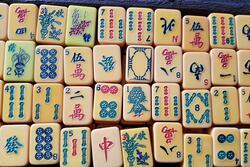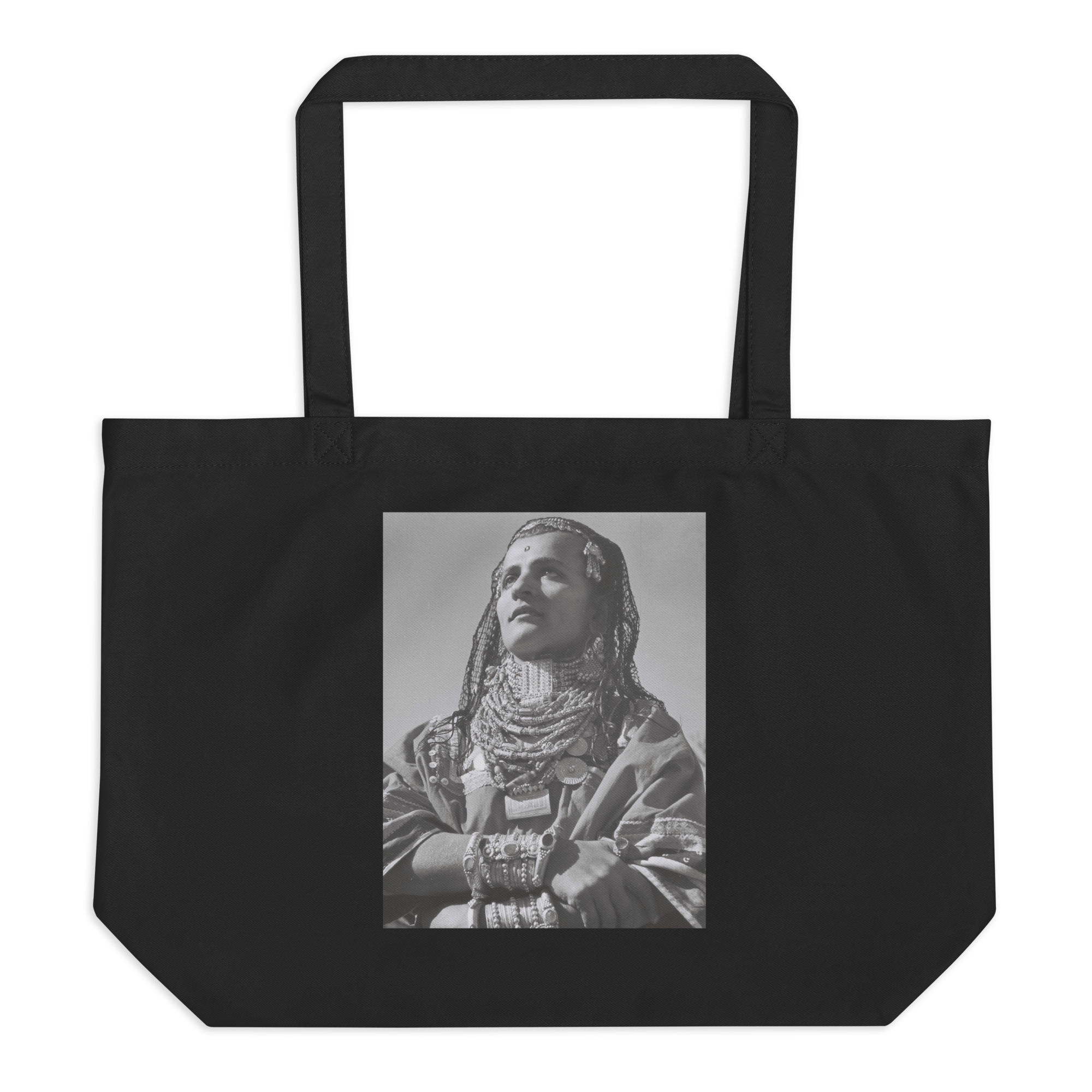Religion
Wise Woman of Tekoa: Midrash and Aggadah
The A type of non-halakhic literary activitiy of the Rabbis for interpreting non-legal material according to special principles of interpretation (hermeneutical rules).midrash includes the wise woman from Tekoa among the twenty-three truly upright and righteous women who came out of Israel (Midrash Tadshe, Ozar ha-Midrashim [Eisenstein], 474).
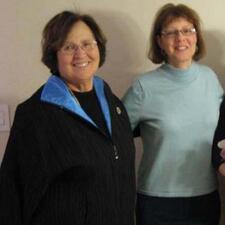
Judy Wolf
Woman Wisdom: Bible
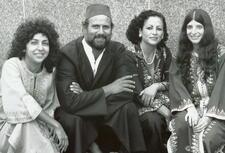
Women and Sephardic Music
Ladino or Judeo-Spanish Sephardic songs are primarily a women’s repertoire. The two main traditions are that of northern Morocco and the Eastern Mediterranean, primarily today’s Turkey, Greece, the Balkans.
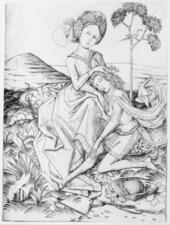
Women in Samson's Life: Midrash and Aggadah
The three women in Samson’s life were Gentiles: the woman from Timnah, the woman from Gaza, and Delilah. In the midrash, rabbis used Samson’s situation to denounce involvement with foreign women.
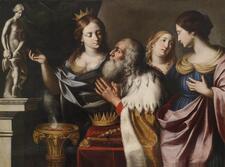
Women of Solomon: Bible
Solomon, third king of Israel, is said to have had a harem that included 700 wives and 300 concubines. Many of those women were not Israelites and refused to adopt Israelite traditions and religion, reinforcing a common Biblical motif about foreign women.
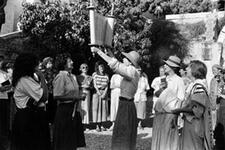
Women of the Wall

Women Religious Workers in Eastern Europe
In nineteenth- and early twentieth-century Eastern Europe, Jewish women served their communities as spiritual leaders and paid religious functionaries. The main women’s leadership roles documented in Yiddish literature, memoirs, memorial books, and ethnographic studies include the midwife, the evil eye healer, the cemetery measurer, the prayer leader, and the mourning woman.
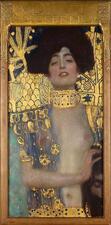
Women Warriors
In the Hebrew Bible and ancient Jewish literature, most warriors are men. However, a few women go to war or kill: Deborah, Jael, the unnamed woman of Thebez, and Judith.
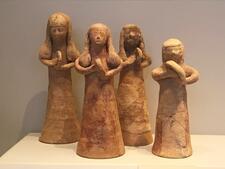
Women with Hand-Drums, Dancing: Bible
Several biblical passages mention women (e.g., Miriam) celebrating victory with drums, dances, and song. Examining those passages in light of archaeological materials and comparative Near Eastern texts indicates that women, rather than men, were percussionists in ancient Israel and likely participated in religious and secular musical activities.
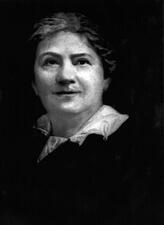
Women's League for Conservative Judaism
Women’s League for Conservative Judaism (WLCJ), founded in 1918, is the national organization of Conservative sisterhoods. Throughout its history WLCJ has foregrounded women’s education and engagement in order to enrich the spiritual and religious lives of Conservative/Masorti women and to empower them as leaders in their homes, synagogues, and communities.
Women's Tefillah Movement
Marjorie Wyler
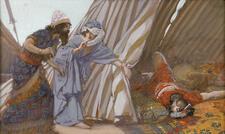
Yael Wife of Heber The Kenite: Midrash and Aggadah
The midrash praises Yael and includes her among the devout women converts. According to the rabbis, Yael’s actions helped God to realize God’s plan by punishing Sisera measure for measure for his wicked deeds, and by affording Israel a military victory over its enemies.

Yael: Bible
Yalta
Yalta is a character in the Babylonian Talmud, the wife of Rabbi Nahman, and the daughter of the exilarch. She is depicted as a strong-willed, free-spirited woman.
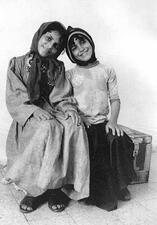
Yemen and the Yishuv
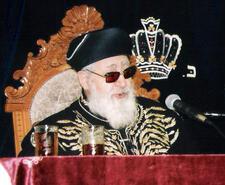
Rabbi Ovadiah Yosef
Rabbi Ovadiah Yosef was the Sephardi chief rabbi of Israel and the leader of the Shas political movement.
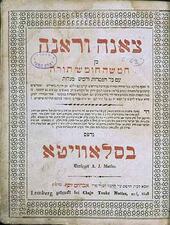
Ze'enah U-Re'enah
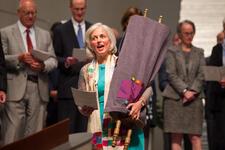
Elaine Zecher
Zeresh: Midrash and Aggadah
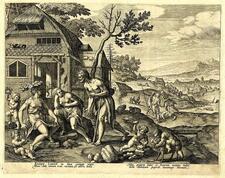
Zillah: Bible
Zillah is one of the first women mentioned in the Bible. The unusual appearance of Zillah and two associated females in the male genealogies of Genesis 1–10 may be linked to the special role of her children.

Zillah: Midrash and Aggadah
Zilpah: Bible
Zilpah was given as a wedding gift to Leah by her father Laban on the occasion of Leah’s marriage to Jacob. Through the initiative of Leah, Zilpah became a secondary wife to Jacob and bore him two sons, Gad and Asher.
